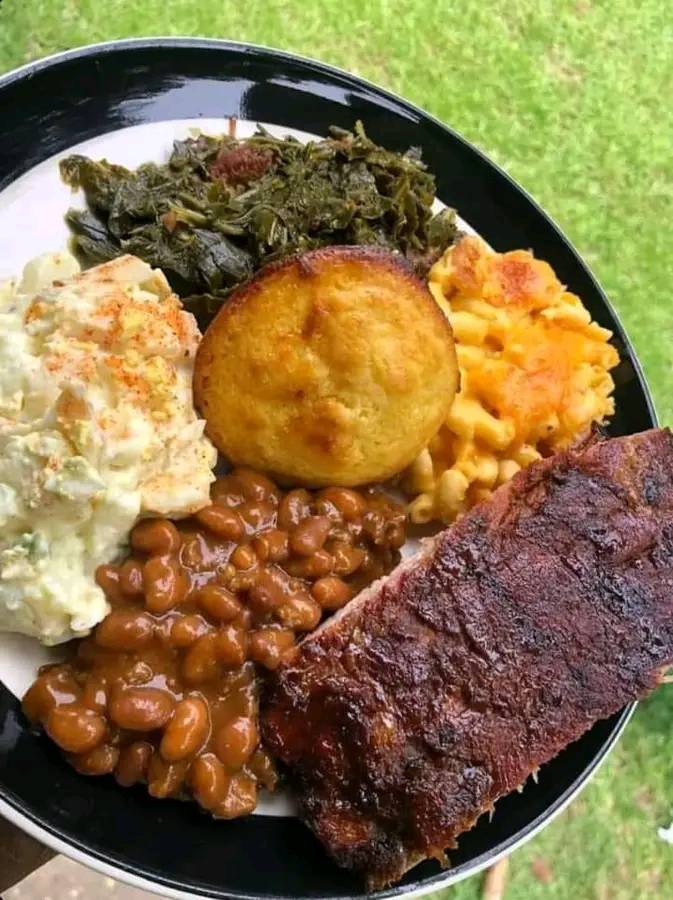- Bone-in: Serving a bone-in rib roast can be visually appealing, creating an elegant presentation. The bone can also act as a natural serving handle for individual portions.
- Boneless: Boneless roasts are often easier to carve into neat slices, making for a cleaner and more practical presentation on the plate.
4. Carving:
- Bone-in: Carving around the bone requires some skill, but it can be a fun and traditional aspect of serving a bone-in roast.
- Boneless: Carving a boneless rib roast is generally simpler, as you can cut uniform slices without the presence of bones.
5. Cost:
- Bone-in: In some cases, bone-in cuts may be slightly more expensive than boneless cuts due to factors like weight and the perceived value of the bone-in option.
- Boneless: Boneless cuts may be more cost-effective, as you’re not paying for the additional weight of the bone.
In summary, both bone-in and boneless rib roasts can result in a delicious and impressive meal. Consider your cooking preferences, carving abilities, and presentation goals when making your choice. Some people may prefer the enhanced flavor of a bone-in roast, while others may appreciate the convenience of a boneless option.
